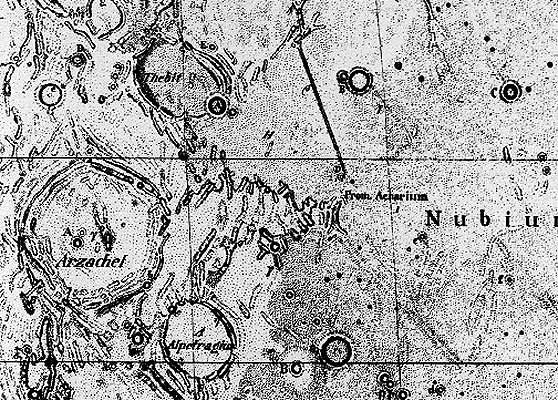January 16, 2004
The End of Lunar Studies
Image Credit: Chuck Wood |
|
The End of Lunar Studies In 1837 a map and book appeared that were so masterful that it was widely assumed that the study of the Moon was then completed. Wilhelm Beer and Johann Heinrich Madler were the authors, but Beer was the banker who provided the observatory and 3.75" refractor, and Madler was the observer, artist and scientist who drew the map, Mappa Selenographica, and wrote the classic book, Der Mond. Madler spent 600 nights observing the Moon. He determined hundreds of crater positions and diameters, measured heights of 800 peaks, and gave more than 100 new names. Strangely, Der Mond was never translated into English, but the principal conclusions have endured: the Moon has no atmosphere, water nor changes. Madler characterized crater rays and rilles and established a classification of craters. He recognized that lunar craters were unlike any on Earth, and his conclusion still stands: "The Moon is no copy of the Earth." Technical Details: Related Links: Yesterday's LPOD: Gassendi Compared Tomorrow's LPOD: Wood's Spot |
Author & Editor: |
COMMENTS?
Register, Log in, and join in the comments.




